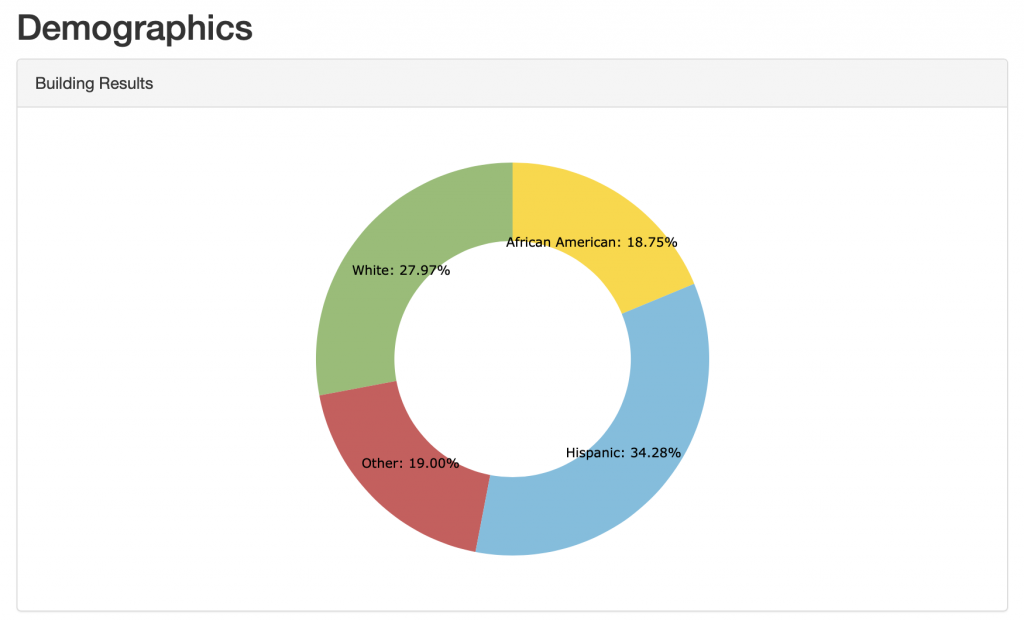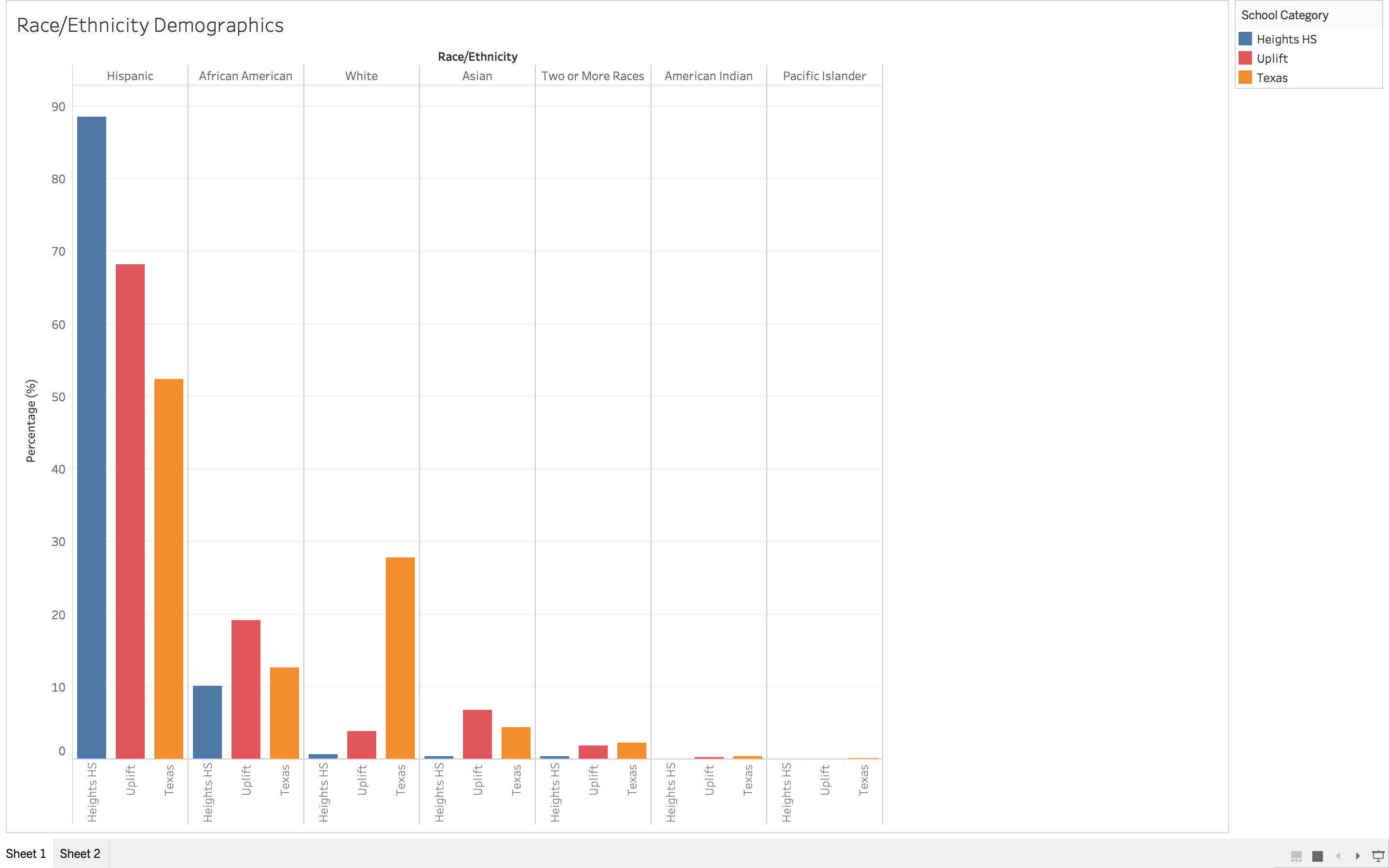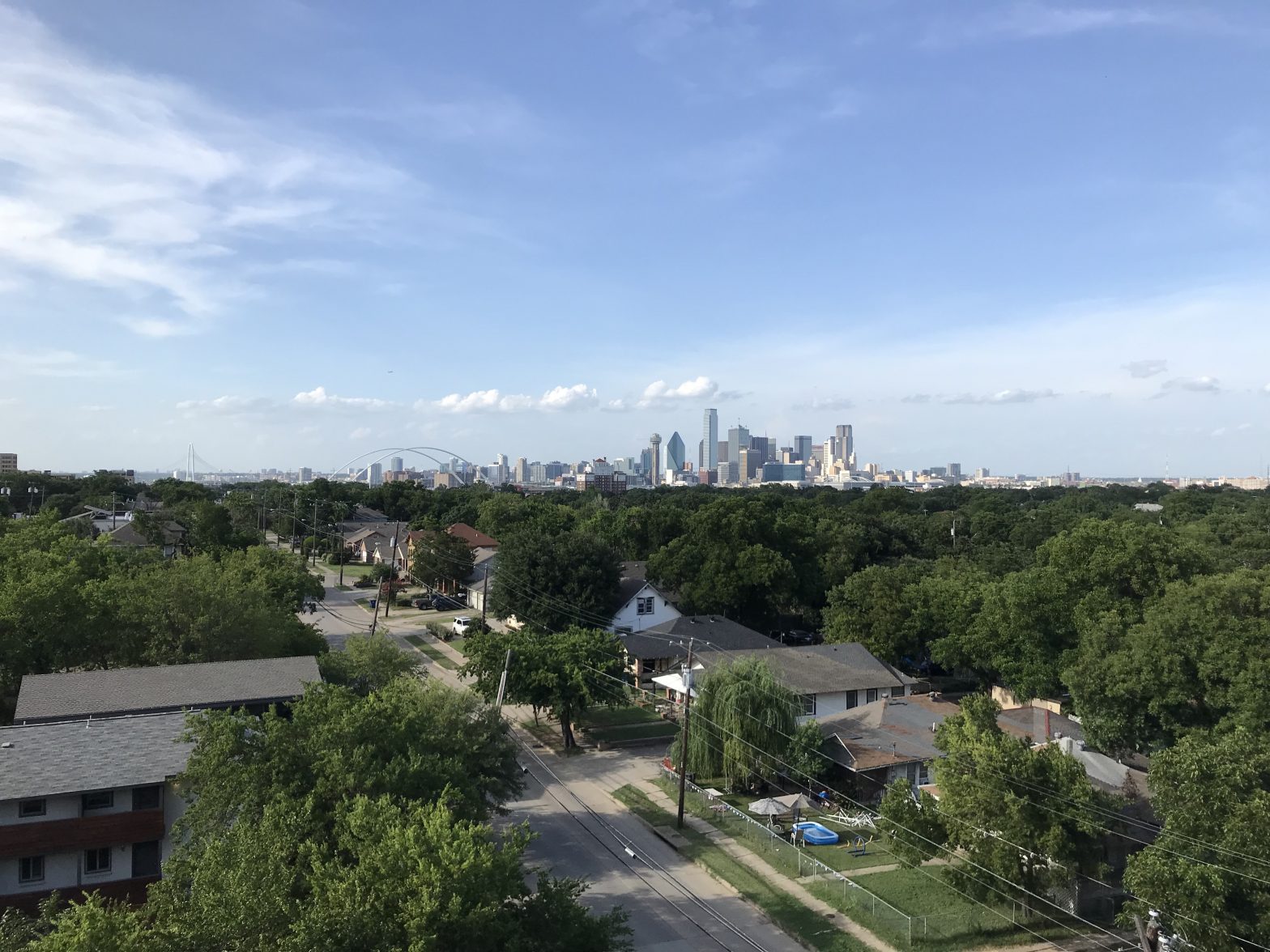Regardless of where a teacher works, there will be cultural differences between instructors and their students. If nothing else, a generational gap will stand (“No, Timmy, I don’t listen to [obscure soundcloud artist], but I’m sure they’re fantastic”). However, for teachers in diverse districts, these cultural differences inevitably expand beyond age.
First and foremost, race is a distinction that teachers must acknowledge in their instructional planning. However, culture extends far beyond just race, and teachers must consider how various groups will operate and find a home in their respective classrooms, from religious backgrounds to the LGBTQ+ community.
My high school experience exemplified the value of diversity in our public schools. As a former student at Wichita High School East, I saw how a diverse student body, both ethnically and otherwise, could produce more open-minded and empathetic behaviours in students. Without question, diversity in our public schools is a blessing that holds the power to transform perspectives and create a more inclusive, culturally aware society.

This potential was unlocked at East High, in large part, by the teachers and administrators that made an intentional effort to support student cultural groups and to incorporate diverse texts into everyday curriculum.
As such, my role as an educator extends beyond my students’ test scores. At a time when many of our students’ identities are under attack by the very government officials that claim to represent their interests, educators must act purposefully to affirm students’ inherent value, and to illuminate them to the possible cultural identities and backgrounds with which they may not be as familiar.
The table below represents the racial makeup of Uplift Heights High School as compared to the makeup of all Uplift Schools, and then to all Texas schools. While Heights may be diverse in many ways, the table speaks to a lack of racial diversity at Heights, with a Hispanic population of approximately 89 percent of the entire student body.

This data suggests a critical need for culturally relevant pedagogy, or, in other words, a critical need for teaching practices that empower and enlighten students to the tremendous worth of cultural experiences with which they may be unfamiliar, while leveraging student learning with curriculum that aligns and connects to students’ more familiar life experiences.
By no means should teachers at Heights limit their teaching to the experiences that Hispanic students will find most comfortable. Rather, teachers must familiarize themselves with their students’ cultural background while meeting the needs of all student groups, working then to make students more cognizant of their status as global citizens.
All that said, I have work to do before I can fulfill my standards for culturally relevant pedagogy. At the bottom of this page you will find a link to a diversity self-assessment that I completed this past year, which encouraged me to reflect upon my own strengths and weaknesses.
My studies at East High School and then at Emory University provided me with culturally rich schooling experiences, and provided me with a background knowledge in a wide variety of thought-provoking, culturally sensitive texts that I hope to share with my students in the years to come. I am acutely aware of the privileges I have been afforded as a straight, white, middle class male, and am aware of the often-limited perspective I hold as a result of these advantages.
Where I can grow is in my involvement with initiatives that promote cultural awareness. I do not actively participate in any organization that addresses such initiatives, and, as a further consequence, likely do not present myself as a distinctive ally towards groups that currently face discrimination. I can be more intentional in my efforts to expand my knowledge of various cultural groups and in my goal to become a more active participant in the struggle for cultural acceptance.
Creating a classroom that centers around culturally relevant pedagogy is no small task, and I don’t expect to reach perfection overnight. I do expect to hold myself accountable to improving and extending beyond my comfort zone, for the betterment not just of my teaching practice, but also of myself as a global citizen.
Sources:
Kansas Report Card 2017-18: East High (Rep.). (2019). Retrieved July 17, 2019, from Kansans Can / KSDE website: https://ksreportcard.ksde.org/demographics.aspx?org_no=D0259&bldg_no=1836&rptType=1
2017-18 School Report Card: Uplift Heights Preparatory High School (Rep.). (2018). Retrieved July 17, 2019, from Texas Education Agency website: https://rptsvr1.tea.texas.gov/cgi/sas/broker?_service=marykay&year4=2018&year2=18&_debug=0&single=N&title=2018 School Report Card&_program=perfrept.perfmast.sas&prgopt=2018/src/src.sas&ptype=H&batch=N&level=campus&level=campus&search=campname&namenum=Uplift Heights&campus=057803006
